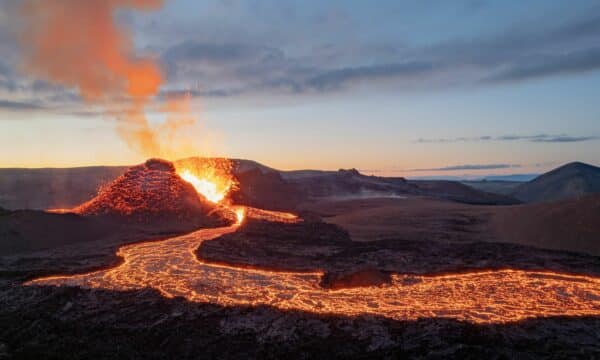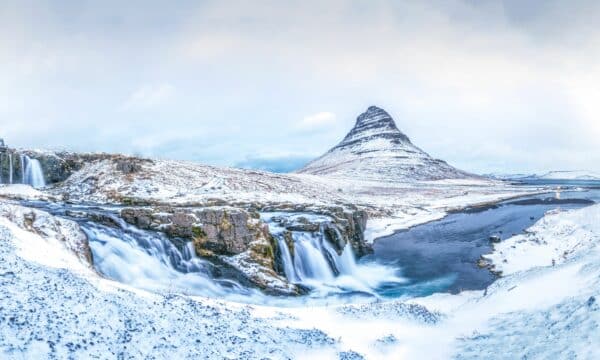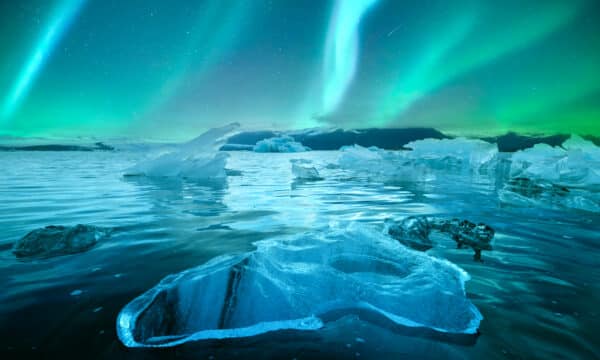Gillian Foulger, Emeritus Professor of Geophysics in the Department of Earth Sciences at Durham University, published the idea of a Icelandia along with her colleagues in a chapter of a new book, In the Footsteps of Warren B. Hamilton: New Ideas in Earth Science.
Where is Icelandia?
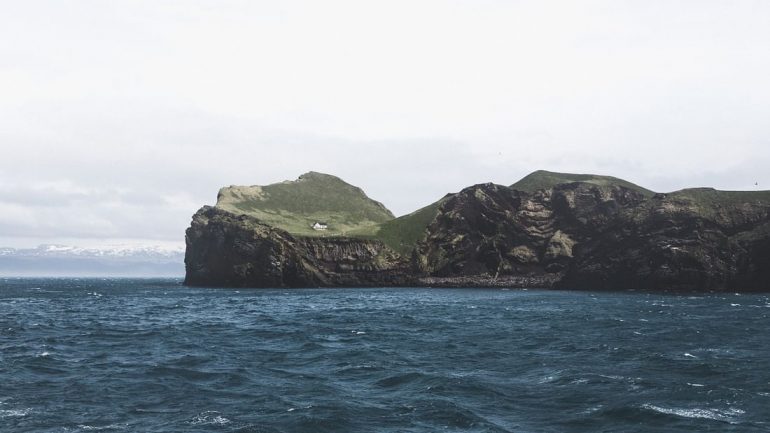
The researchers say this new continent could stretch underwater from Greenland to mainland Europe, covering an area of 600,000 square kilometres (230,000 square miles). If they include the area West of Britain into a ‘Greater-Icelandia’, then the landmass covers a size larger than Australia or one million square kilometres (400,000 square miles).
Challenging theories
The Theory of Pangea revolves around a giant supercontinent that existed during the late Paleozoic and early Mesozoic eras. It is widely believed that it broke up over 50 million years ago. However, if scientist can prove this new theory, it means that Pangea has, in fact, not fully broken up.
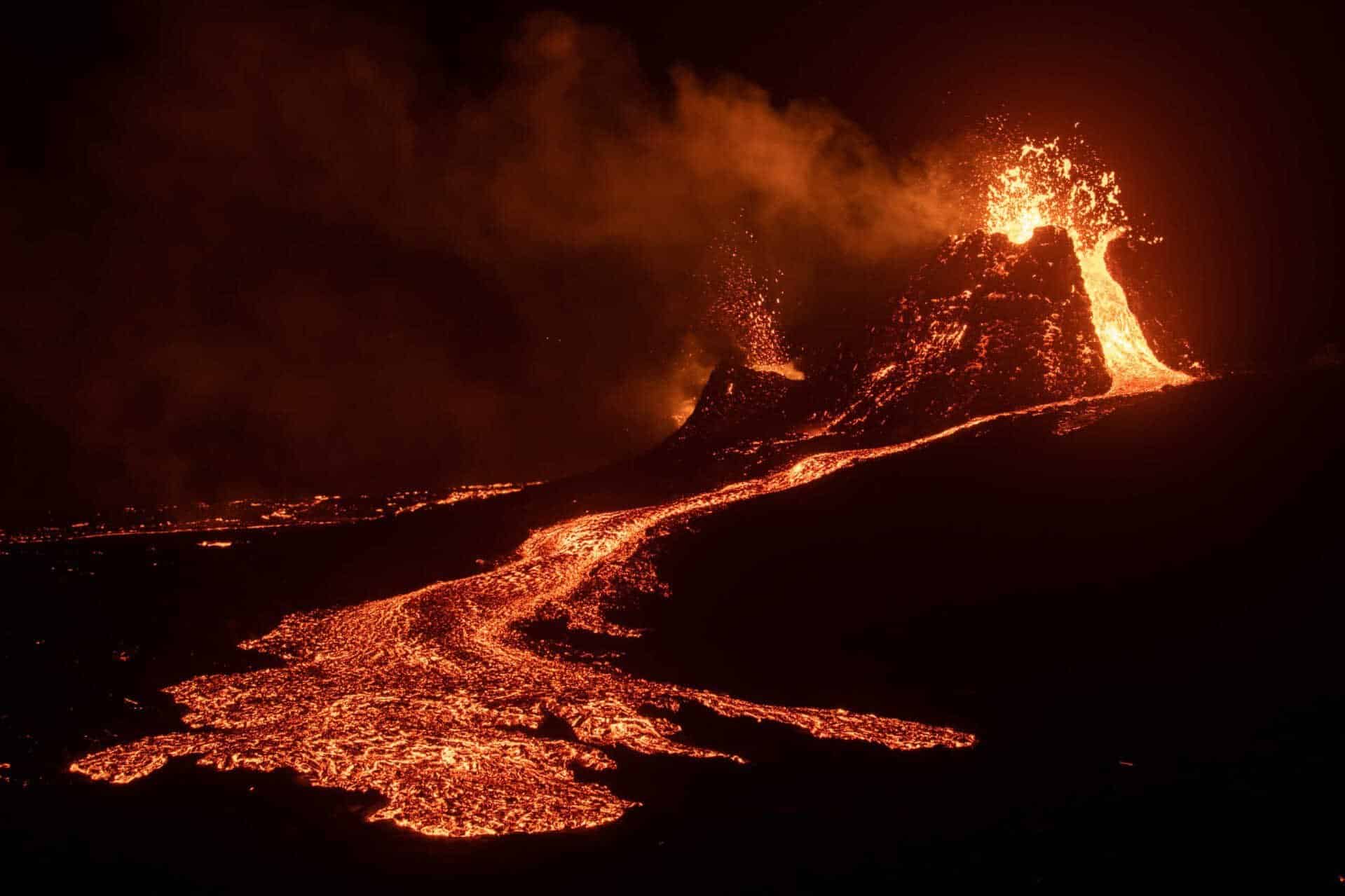
This new theory is also challenging some long-held scientific ideas around the extent of oceanic and continental crust. As well as the formation of volcanic islands, such as Iceland.
Speaking about the new theory, Professor Foulger said,
“Until now Iceland has puzzled geologists, as existing theories that it is built off and surrounded by oceanic crust are not supported by multiple geological data. For example, the crust under Iceland is over 40 km thick—seven times thicker than normal oceanic crust. This simply could not be explained.
Professor Gillian Foulger, Durham University
“However, when we considered the possibility that this thick crust is continental, our data suddenly all made sense. This led us immediately to realize that the continental region was much bigger than Iceland itself—there is a hidden continent right there under the sea.
“There is fantastic work to be done to prove the existence of Icelandia but it also opens up a completely new view of our geological understanding of the world. Something similar could be happening at many more places.
“We could eventually see maps of our oceans and seas being redrawn as our understanding of what lies beneath changes.”

